
Recessed Lighting Guide: How to Choose The Perfect Recessed Lighting For Your Home
Recessed lighting is a great way to add light to your home and set the ambiance of your space. It can be the easiest way to update and illuminate a home but when done wrong it can set you in the opposite direction. It can be intimidating for those who are not familiar with them, where do you start when the choices seem endless? Which is why we have decided to put together this guide to help you choose the perfect lights for your space.
Choosing the right trim
When designing your home, it’s the small details that make the difference between a beautiful or boring space. Recessed lighting is essentially small details added to your ceiling, although they ultimately serve a greater purpose. Consider your options and choose the best option that brings your space to life. They come in many different trims, apertures, finishes, and can be flanged or flangeless. Here are some things to consider:
Trim
The trim is what is visible to people in the room, always choose what best matches your desired aesthetics.

Round trim for a classic touch on contemporary styling.

Baffle trim for the same round aesthetic but softer light. The ridging on the trim helps absorbs light to minimize glare while softening the light.

Square trim for a unique touch to your space.

Gimbal trim, also known as adjustable or eyeball trim, gives you the option to control the direction of the light. This is great for sloped ceilings or when you need the flexibility to change spotlighting.
Bevel vs Flat Trim

- Bevel adds visual depth to the ceiling as the light sinks into the ceiling.
- Flat trim allows for a clean minimalistic look, making the light almost unnoticeable and apart of the ceiling.
Finish
Recessed lights can come in a variety of finishes, always choose a finish that best complements the room.

Choose a white finish for a clean modern look. It is the most common and popular choice when it comes to recessed lighting.

If you have wooded ceilings, we recommend choosing a metal finish as they complement the overall rustic look.
What size should you choose
Residential recessed lighting most commonly comes in sizes ranging from 4 inches to 6 inches in diameter. When choosing the correct size for your home, it depends on the planned function and placement of the light. One way to determine what size works best for you is to determine how far the ceiling is from where you want light and the area that needs to be illuminated. Be mindful that the higher the ceiling is the wider the light will cast and be more diffused. Here are some tips to help you determine what size to settle with:

4" fixtures works well to light up the dining table or kitchen countertop.

5/6" fixtures are most commonly used for general lighting purposes and they make great wall washers.
What is color temperature and how to determine what color is right for you

Color temperature is a way to describe the appearance of the light. Most recessed lights come in 4 color options: Warm White (2700K), Soft White (3000K), Cool White (4000K) and Daylight (5000K). Warm white and soft white best matches the standard color of incandescent bulbs, it provides the warmest hue amongst the four options. As you move up the scale, more blue light waves are introduced and the warm hues fade. Here are some things to consider when choosing the right color temperature for your space:
- Yellow light waves help your brain to produce melatonin which relaxes you and makes you drowsy, making them great in the bedroom or living room.
- Blue light wave help produce serotonin which helps you stay awake and focused. They are great for work or office spaces.
Why you should use dimmers in your house

Being able to adjust the intensity of your lights is key in perfecting each room’s atmosphere and mood. You can control what mood you want to create or change at any time, which is why we recommend you to install them for every light fixture in your home and not just your entertaining areas. Try them in your bathroom, imagine enjoying a hot bath in a low-lit room or your under-cabinet lights to keep your kitchen space moderately lit for visibility without turning on the overhead lights. Dimming your LED lights also help prolong it's life even when only dimming them at 10%. Please do note that LED lights require special low-voltage dimmers, so always check with the lighting company you purchased your lights from for a compatible dimmer list or ask for recommendations.
What to look out for when choosing lights for your shower

Recessed lighting is great for your bathroom and especially your shower where additional light can be needed. When choosing what type of lights to install in your shower, it is important to choose one that is at least wet-location rated. All wet location rated lights are made to be used in any area where water or other liquids may splash or flow on the electrical components of the lighting fixture. Which makes wet location rated fixture the safest to use in showers.


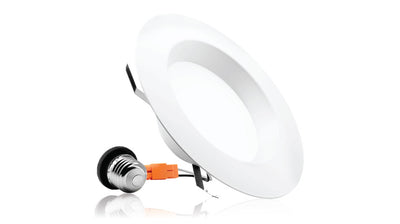
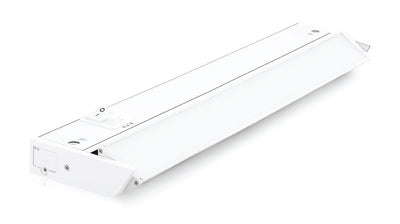
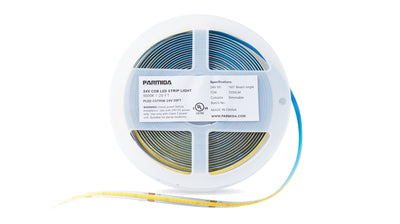
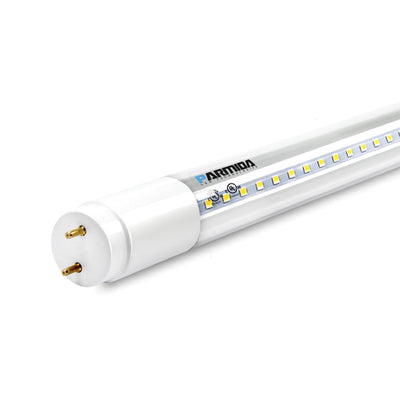
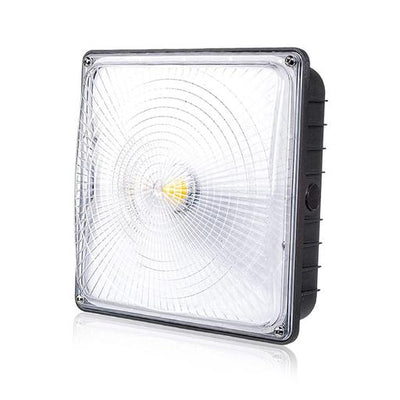







Leave a comment